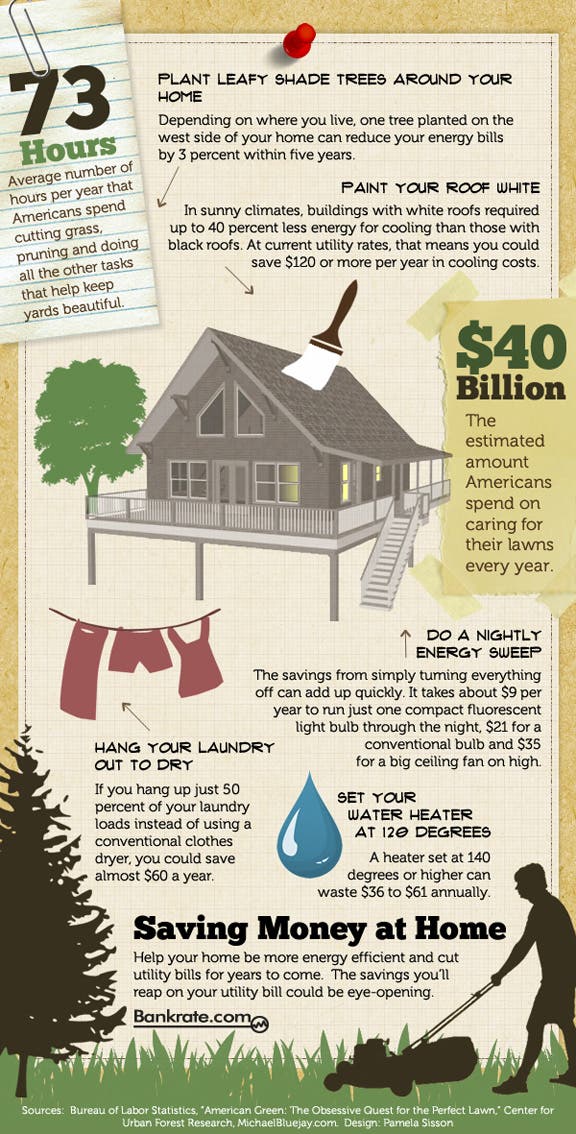Post-Tree Elimination Upkeep Is Essential For Recovering Your Landscape; Discover Vital Steps To Revitalize Your Location And Stay Clear Of Possible Problems
Post-Tree Elimination Upkeep Is Essential For Recovering Your Landscape; Discover Vital Steps To Revitalize Your Location And Stay Clear Of Possible Problems
Blog Article
Writer-Berman Cho
After a tree's removal, your landscape might look fairly different, and it's important to evaluate the consequences carefully. You'll intend to review the soil disturbance and inspect bordering plants for any type of indications of tension. Ignoring these aspects can cause bigger issues down the line. So, what should you make with those stumps and roots? And how do you choose the very best plants for your revitalized space? Let's discover these vital actions.
Evaluating the After-effects: Evaluating Your Landscape
After a tree removal, it's vital to assess your landscape to comprehend the influence it carries your yard.
Start by checking out the area where the tree stood. Look for indications of soil disturbance, and inspect the surrounding plants for any type of anxiety or damages.
You should also make note of how the elimination has actually altered sunshine exposure and airflow in your yard. This shift can impact the growth of neighboring plants, so it's necessary to evaluate their wellness.
Think about the visual facets also; the elimination could develop an open space that you can redesign.
Ultimately, think of Tree Branches Removal Near Me that may develop from the tree's absence. Attending to these factors early will aid recover balance to your landscape.
Dealing With Stumps and Origins: Choices for Removal
As soon as you've analyzed the after-effects of the tree removal, you'll likely need to tackle the stump and origins left.
You have a couple of options for elimination. One efficient approach is stump grinding, where an expert uses a machine to grind the stump down to below ground degree. This strategy leaves minimal disturbance to your landscape.
If you prefer a DIY technique, you can make use of a combination of excavating and chemical stump removers. Simply keep in mind, this procedure can take time and initiative.
Additionally, think about leaving the stump as an all-natural attribute, which can serve as a special garden aspect or environment for wildlife.
Whatever you choose, dealing with the stump and roots is crucial for restoring your landscape.
Choosing the Right Plant Kingdoms for Your New Area
As you examine your recently cleared area, choosing the right plants can dramatically enhance your landscape's charm and functionality.
Beginning by taking into Recommended Looking at and soil problems. For bright areas, select drought-resistant plants like lavender or succulents. In shaded areas, ferns and hostas prosper well.
Think of the dimension and growth routines of your plants; mix perennials and annuals for seasonal range. Do not neglect to integrate native species; they need less upkeep and support neighborhood wildlife.
Team plants in weird numbers for a more all-natural appearance and develop layers for aesthetic depth.
Finally, see post have a mix of shades and textures to maintain your landscape vivid throughout the periods.
Pleased planting!
Verdict
Finally, recovering your landscape after tree removal is a fulfilling process. By assessing the after-effects, addressing stumps and origins, and picking the right plants, you'll create a flourishing atmosphere. Do not neglect to include erosion control steps to protect your soil. With a little effort and treatment, you can change your area right into a lively garden that boosts your building. Embrace the opportunity to invigorate your landscape and delight in the beauty of nature right in your backyard!
